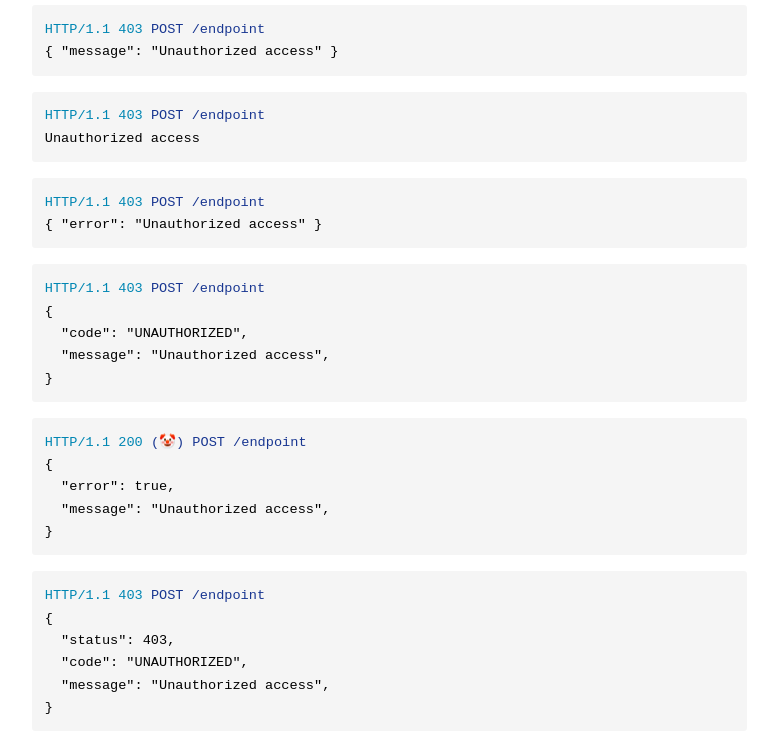this post was submitted on 30 Aug 2024
81 points (100.0% liked)
Programming
424 readers
11 users here now
Welcome to the main community in programming.dev! Feel free to post anything relating to programming here!
Cross posting is strongly encouraged in the instance. If you feel your post or another person's post makes sense in another community cross post into it.
Hope you enjoy the instance!
Rules
Rules
- Follow the programming.dev instance rules
- Keep content related to programming in some way
- If you're posting long videos try to add in some form of tldr for those who don't want to watch videos
Wormhole
Follow the wormhole through a path of communities !webdev@programming.dev
founded 2 years ago
MODERATORS
you are viewing a single comment's thread
view the rest of the comments
view the rest of the comments


To be fair if it's an exceptional error message (i.e. database timeout; not incorrect password) I don't think i18n matters that much. Most people will just be googling the error message anyway, and if not it should be rare enough that using Google translate isn't an issue.
Depends on the product. It's just something to think about when signaling errors. There is information for the API client developer, there is information for the client code, and there's information for the user of the client. Remembering these distinct concerns, and providing distinct solutions, helps. I don't think there is a single approach that is always correct.